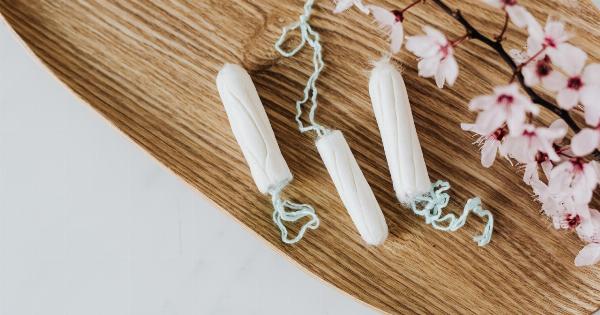Uterine fibroids are non-cancerous growths that develop in the uterus. Women of reproductive age are most commonly affected by this condition. These fibroids can be small or large and can cause a wide range of symptoms.
In this article, we will discuss the symptoms and treatment options for fibroids in the uterus.
What are fibroids in the uterus?
Fibroids are benign tumors that grow in the muscle tissue of the uterus. They are also known as uterine myomas or leiomyomas. Fibroids range in size from small seedlings to large masses that can distort the shape of the uterus.
Some women have multiple fibroids, while others have only one.
What are the symptoms of fibroids in the uterus?
The symptoms of fibroids in the uterus can vary depending on the size, number, and location of the fibroids. Some women may experience no symptoms at all. However, many women experience one or more of the following symptoms:.
- Heavy menstrual bleeding
- Prolonged menstrual periods
- Painful periods
- Pain during sex
- Lower back pain
- Pelvic pressure or pain
- Frequent urination
- Constipation
How are fibroids diagnosed?
Fibroids can be diagnosed through a pelvic exam, ultrasound, MRI or hysteroscopy. A pelvic exam involves your healthcare provider manually examining your uterus and ovaries.
An ultrasound uses sound waves to create images of the uterus and the surrounding organs. MRI and hysteroscopy are more in-depth tests that provide better images of the uterus and are used to diagnose and monitor fibroids.
What are the treatment options for fibroids?
The treatment options for fibroids in the uterus depend on the severity of the symptoms, the size and number of fibroids and whether or not the woman desires to have children in the future. The following are some of the treatment options available:.
1. Medications
There are medication options that can treat the symptoms of fibroids. These medications can be used to reduce heavy bleeding, reduce the size of the fibroids and alleviate pain. They include:.
- NSAIDs: Nonsteroidal anti-inflammatory drugs, such as ibuprofen, can be used to alleviate pain during periods.
- Birth Control pills: These can help regulate menstrual periods, reduce bleeding and reduce progesterone levels that can exacerbate the growth of fibroids.
- GnRH Agonists: These drugs can shrink fibroids in preparation for surgery by reducing estrogen levels.
2. Surgery
If medication treatments do not work or the fibroids are too large, the doctor may recommend surgical treatments. Surgery can be done through laparoscopy, hysterectomy or myomectomy.
- Laparoscopy: This is a minimally invasive surgery that involves making a small incision in the abdomen. A thin, lighted instrument is used to view the uterus, and the fibroids are removed or destroyed using laser therapy or electrical energy.
- Myomectomy: This surgery involves removing the fibroids while leaving the uterus intact. This procedure is reserved for women who desire to have children in the future.
- Hysterectomy: This is the removal of the uterus and is considered a last resort treatment, due to the fact that it prevents a woman from bearing children. This option is typically recommended for women who have very large fibroids or severe and constant pain, and who no longer desire to have children.
3. Uterine Fibroid Embolization (UFE)
This is a minimally invasive procedure that involves injecting small particles into the blood vessels that supply the fibroid with blood. This results in a lack of blood supply to the fibroid, causing it to shrink.
4. Magnetic Resonance-guided Focused Ultrasound (MRgFUS)
This is a non-invasive procedure that uses ultrasound waves to heat and destroy fibroids.
Conclusion
Fibroids in the uterus can cause a wide range of symptoms and can be diagnosed through various tests.
The treatment options for fibroids depend on the severity of the symptoms, the size and number of fibroids and whether or not the woman desires to have children in the future. With proper diagnosis and treatment, most women can find relief from the symptoms of fibroids.


























